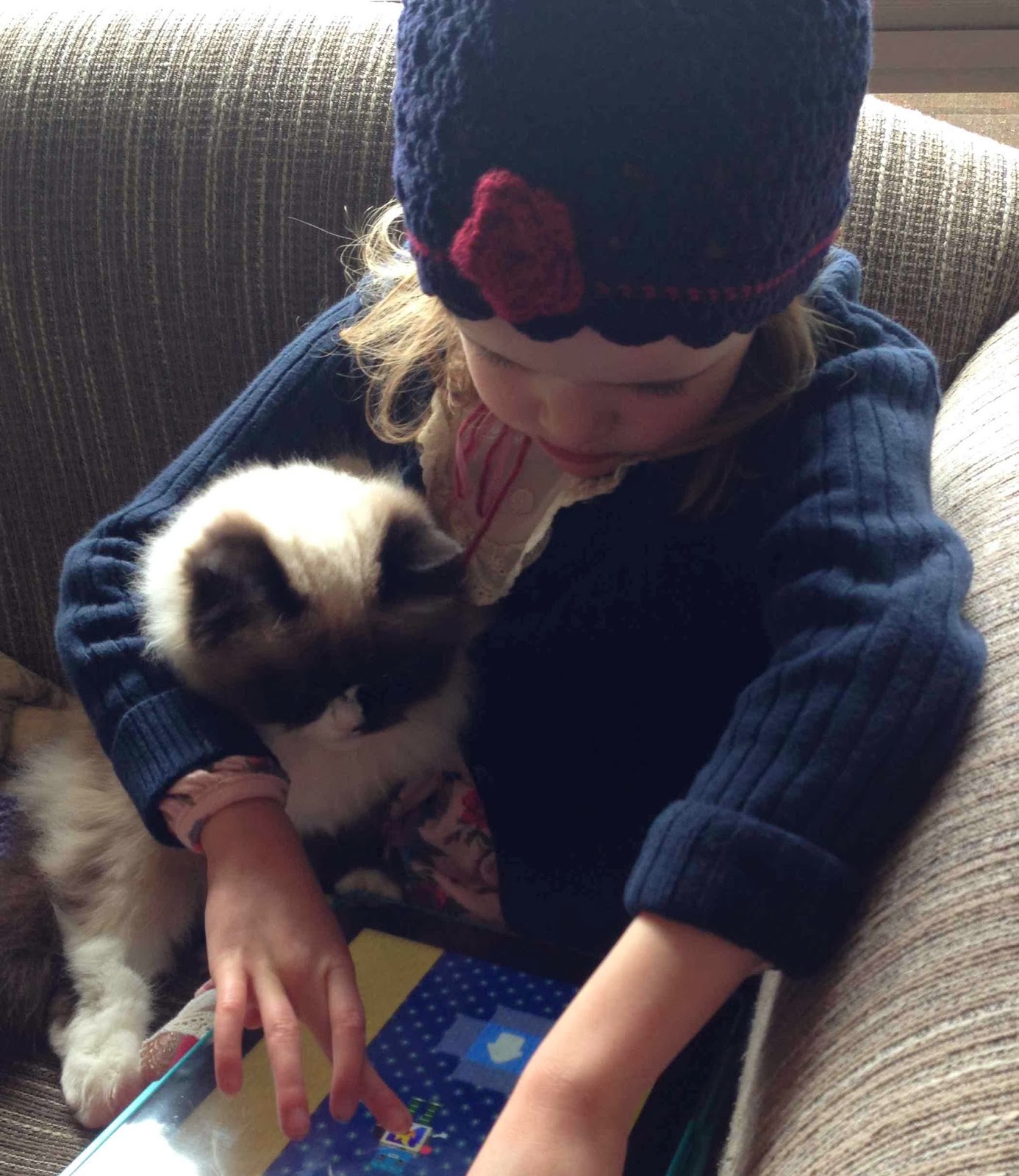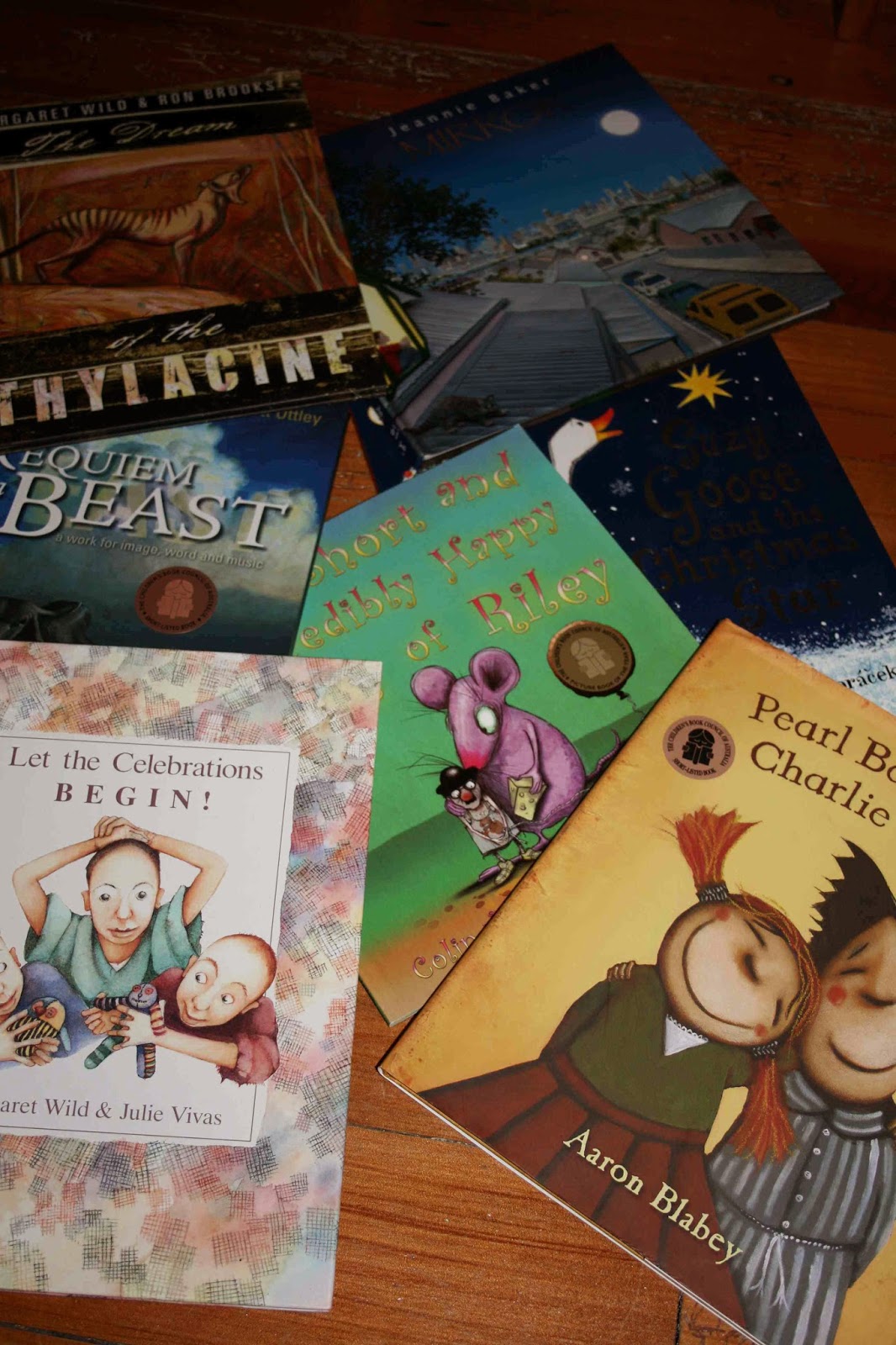1. How can oral reading be useful?
Oral reading can:
- Help teachers and parents to observe and make 'visible' children's reading processes (to some extent what's going on in their heads).
- Help children to develop reading fluency and can support vocabulary development.
- Help teachers and parents to assess reading progress and diagnose difficulties.
- Be a helpful skill for life that we don't want to lose.
How to listen to children reading (HERE & HERE),
The importance of reading to and with children (HERE), and
Readers' Theatre (HERE).
2. How can oral reading be abused?
While oral reading does have some helpful functions, it should never be assumed by parents and teachers as the key tool for reading assessment and instruction.
Sadly, for many children, reading around the group (or worse still the class) kills interest and motivation. What's even worse, at times oral reading can be used as the only tool to assess the ability of young readers with little attention to comprehension. Just listening to children reading is NOT an adequate tool for assessment. While some young readers might struggle with oral reading, they might possess excellent reading comprehension skills, extensive vocabulary and greater reading fluency when reading silently.
But we also know from research that 'repeated readings' can improve fluency and ability (e.g. Stoddart & others 1993, Rasinski 1990, Rasinski & Hoffman 2003). So it has a place with young readers, but not as the key instructional and assessment tool. My key question for teachers is how can they move beyond 'round robin' reading and embrace more creative and enjoyable approaches to reading?
3. Making it fun and enjoyable
First of all, we need to ensure that children have frequent opportunities for silent reading and opportunities for response, discussion and comprehension tasks.
 |
| Above: Reading to her day-old sister |
1. Choose appropriate material for your children - use graded material at varied levels; favourite passages from books the class has heard or read (e.g. Roald Dahl or Dr Seuss books work); jokes & riddles; poetry or songs that they know; speeches and famous quotes.
2. Ensure that students are reading at their appropriate level.
3. Use varied strategies and avoid simply reading around the group.
4. Try to give the oral reading task an 'authentic' rather than contrived purpose.
4. Some alternative strategies
Most of the ideas that follow can be found in a great article by Mary Ann Cahill and Anne E. Gregory published in 'The Reading Teacher'. Here is their description of oral reading in a US 2nd grade classroom they had worked in:
'One pair is rolling dice and using different voices to read; a small group is reading to small, plastic animals on their desks; three students are wearing masks while reading; and another pair is using little, red-beamed flashlights to shine on each word as they read.'What are some simple novel ways to help children remain motivated and enjoy oral reading?
 |
| Above: Evie reads to her pet cat |
ii) Try Readers' Theatre - I've written about this before (HERE). Obtain some free scripts and let your children have fun reading together in small groups to present the scripts to others.
iii) Read to someone or something - This might seem strange, but some teachers get their children to read not to other people but to other 'things'. A number of classes in the UK and the US have had children read regularly to a school dog (read more HERE) with great success and benefits. Some creative teachers have had their children read to plastic dinosaurs (!), a favourite doll etc.
iv) Some turn it into a game such as 'Reading Dice' - This involves getting children to discuss the different voices a character could have for a reading extract; they then write 6 of them on the board and giving them the numbers 1-6. They then have children work in pairs or groups to take turns, roll the dice and use the voice that matches the number.
v) Newsreader or media presenter - Teachers have a microphone (it can be a fake one) and ask children in pairs to conduct an interview for an appropriate extract.
vi) Reading Masks - the children practice reading passages using the voice and persona of the mask they are wearing (these can be animals, super heroes etc).
vii) Use songs for reading - The use of songs has the added advantage that the rhythm, sound repetition, melody etc can be used to support reading (see my recent post on this topic HERE)
Summing up
Oral reading is a valuable instructional tool but should NEVER be used as the sole instructional or assessment tool. It has been misused for many years with the effect that some children have found it less than rewarding. But it can and should be enjoyable and fun. I'd love to hear of your own experiences with oral reading. Do you have any great ideas? Post a comment.
A useful reference
Mary Ann Cahill & Anne E. Gregory (2011). Putting the fun back into fluency instruction, The Reading Teacher, Vol. 65, No. 2, pp 127-131.

